The allure of disaster films lies in their ability to captivate audiences with high-stakes scenarios, and what could be more thrilling than the potential for global annihilation through missile complexes? This curated list dives into the heart of such cinematic spectacles, where the fate of humanity hangs in the balance. From Cold War tensions to futuristic threats, these movies offer a mix of suspense, action, and sometimes, a touch of dark humor. Whether you're a fan of nail-biting tension or simply enjoy the spectacle of destruction, these films provide a unique blend of drama and disaster.
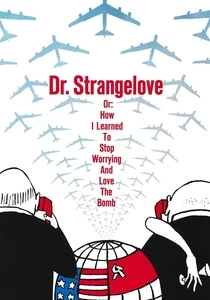
Dr. Strangelove or: How I Learned to Stop Worrying and Love the Bomb (1964)
Description: This satirical masterpiece by Stanley Kubrick explores the absurdity of nuclear war. A rogue general orders a nuclear strike on the Soviet Union, leading to a series of darkly comedic events involving missile complexes and the potential end of the world.
Fact: The film was shot in black and white to mimic the look of newsreels from the era. Also, the famous "Doomsday Machine" was inspired by real-life discussions about nuclear deterrence.
 Watch Now
Watch Now 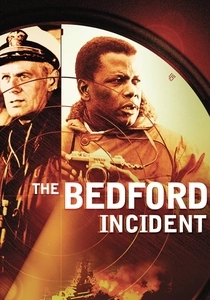
The Bedford Incident (1965)
Description: This film, while not directly about missile complexes, involves a U.S. destroyer tracking a Soviet submarine, leading to a tense standoff with the potential for nuclear escalation.
Fact: The film was one of the first to explore the psychological aspects of the Cold War at sea. It features an early role for Donald Sutherland.
 Watch Now
Watch Now 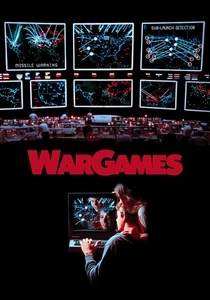
WarGames (1983)
Description: A young hacker unwittingly accesses a military supercomputer, leading to a simulation of a nuclear war. The film highlights the vulnerability of missile complexes to cyber threats.
Fact: The film was inspired by real-life incidents like the 1979 NORAD computer glitch. The computer game "Global Thermonuclear War" was actually programmed to be playable.
 Watch Now
Watch Now 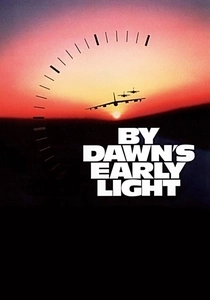
By Dawn's Early Light (1990)
Description: This TV movie depicts a nuclear war scenario where the U.S. and NATO forces must respond to a Soviet missile attack, showcasing the strategic importance of missile complexes.
Fact: The film was praised for its realistic portrayal of nuclear war protocols and was based on the novel "Trinity's Child" by William Prochnau.
 Watch Now
Watch Now 
The Hunt for Red October (1990)
Description: Although primarily a submarine thriller, the film involves the threat of a Soviet missile submarine potentially launching its missiles, highlighting the tension of missile complexes.
Fact: The film was based on Tom Clancy's novel, which was inspired by real-life events involving Soviet submarines. Sean Connery's accent was a point of contention among critics.
 Watch Now
Watch Now 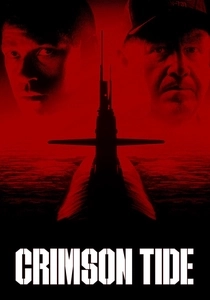
Crimson Tide (1995)
Description: While not directly about missile complexes, this film features a nuclear submarine with the capability to launch missiles, exploring the tension and protocol surrounding such a decision.
Fact: The film was inspired by a real-life incident involving the Soviet submarine K-
 Watch Now
Watch Now 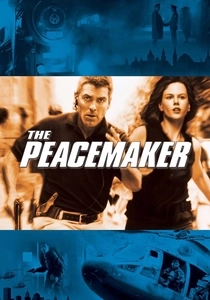
The Peacemaker (1997)
Description: This action thriller follows the theft of nuclear weapons from a missile complex in Russia, leading to a race against time to prevent a nuclear disaster in the U.S.
Fact: The film was one of the first to deal with nuclear terrorism post-Cold War. It also features a cameo by George Clooney as a Russian general.
 Watch Now
Watch Now 
The Sum of All Fears (2002)
Description: Based on Tom Clancy's novel, this film involves a terrorist plot to detonate a nuclear bomb at a football game, escalating tensions between the U.S. and Russia, with missile complexes playing a crucial role.
Fact: The film was originally set to be released in 2001 but was delayed due to the 9/11 attacks. The plot was altered to avoid similarities with real-world events.
 Watch Now
Watch Now 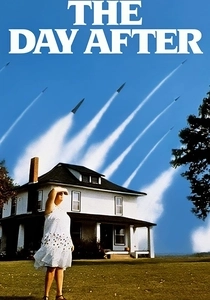
The Day After (1983)
Description: This made-for-TV movie depicts the aftermath of a nuclear exchange between NATO and the Warsaw Pact, focusing on the impact on a small Kansas town near a missile complex.
Fact: It was one of the most-watched television events of its time, sparking widespread public debate about nuclear war. President Reagan watched it and was deeply affected.
 30 Days Free
30 Days Free 
Fail-Safe (1964)
Description: A chilling tale of a computer error that sends American bombers to attack Moscow, showcasing the terrifying efficiency of missile complexes. The film delves into the human and political consequences of such a mistake.
Fact: The film was released the same year as "Dr. Strangelove," providing a stark contrast in tone and treatment of similar themes. It was also remade as a live television event in
 30 Days Free
30 Days Free 








